These 7 Fruits Define India’s Monsoon. Do You Remember the Taste?
There’s something about the first rain that makes even the ordinary feel new. The air smells fresher, leaves seem brighter, and suddenly, fruit sellers start filling their stalls with the season’s best. You see shiny purple jamuns, bright red lychees, baskets of soft brown chikoos — fruits that somehow feel made for rainy days.
Every year, these small seasonal arrivals mark the monsoon’s humble entry into our kitchens. Some bring comfort, some add brightness, but all of them feel like familiar parts of the season we look forward to. Here are seven monsoon fruits that bring that feeling alive.
1. Jamun (Black plum)
You know monsoon’s truly here when the jamun sellers return. Across northern and central India, jamun trees burst with clusters of deep purple berries that almost demand a second look. That first bite is sharp and slightly tangy — but then, you want another.
Beyond the addictive flavour, jamun has long been known for its health benefits. Rich in antioxidants, it’s often used to help manage blood sugar levels. In Ayurveda, not just the fruit but the seeds and bark have been used for centuries for their healing properties.
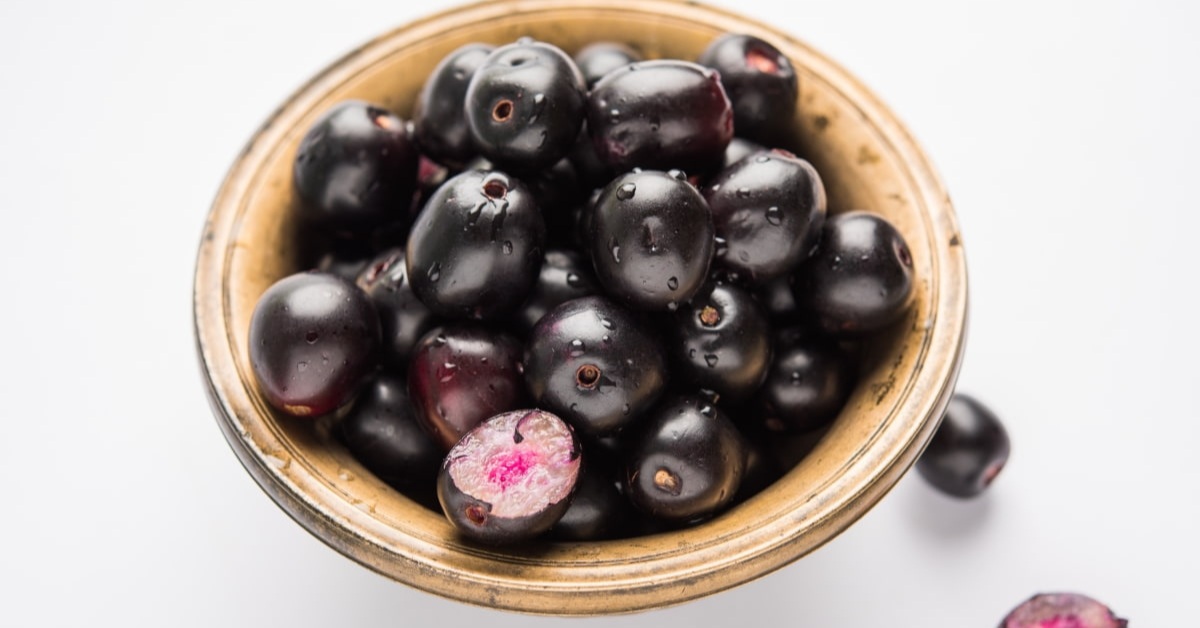 Black Plum has a unique astringent taste that leaves a slight tang on the palate, which many find addictive; Picture source: Agri Farming
Black Plum has a unique astringent taste that leaves a slight tang on the palate, which many find addictive; Picture source: Agri Farming
2. Lychee
Walk through markets in Bihar, West Bengal, or Assam this season, and you will spot bright red lychees stacked high. Their rough shells open to reveal soft, juicy flesh that carries a light floral sweetness — perfect for cutting through heavy monsoon meals.
But ‘delicious’ is not the only way to define lychees. They are packed with vitamin C, helping the body stay strong during a season when infections tend to rise. Their antioxidants give an extra layer of protection, making them both a treat and a bit of seasonal care.
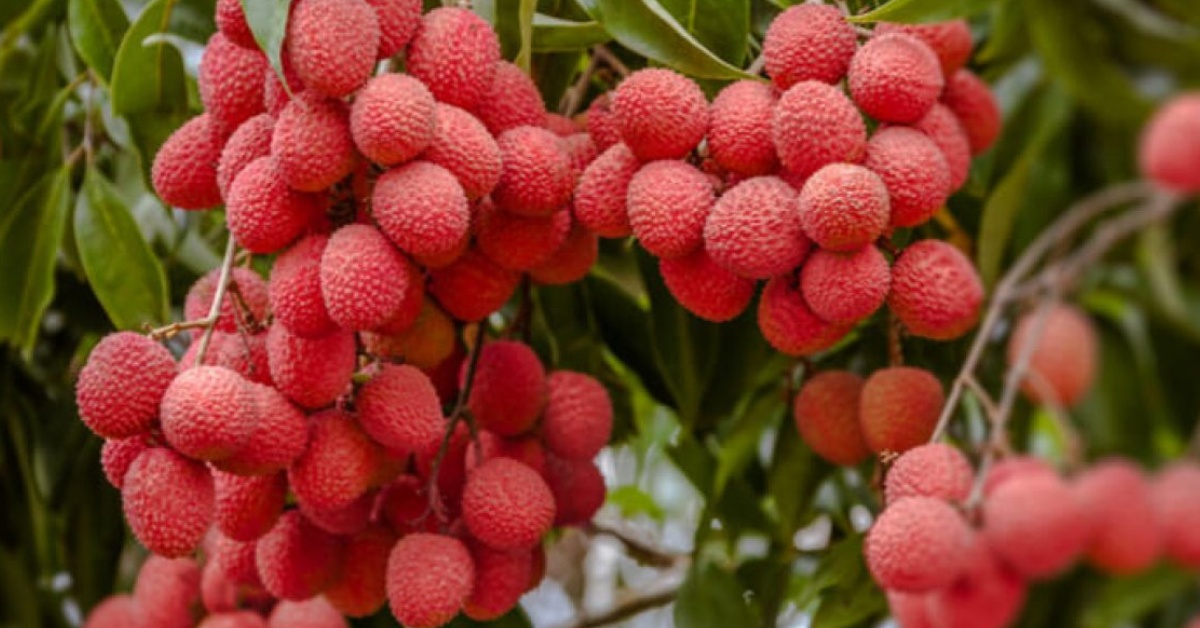 Lychee orchards flourish in Bihar, West Bengal, and parts of Assam; Picture source: Vaya
Lychee orchards flourish in Bihar, West Bengal, and parts of Assam; Picture source: Vaya
3. Sapodilla (Chikoo)
Often a little underrated compared to flashier monsoon fruits, chikoo holds its own — especially across Maharashtra and Gujarat. Cut one open, and you get a sweet, caramel-like flavour with a soft, grainy texture that feels instantly comforting on a rainy evening.
While chikoo is easy on the taste buds, its fibre content also helps keep digestion on track, especially during monsoon months when we tend to eat heavier, spicier foods. It even brings a good dose of vitamins A and C, supporting both skin health and immunity.
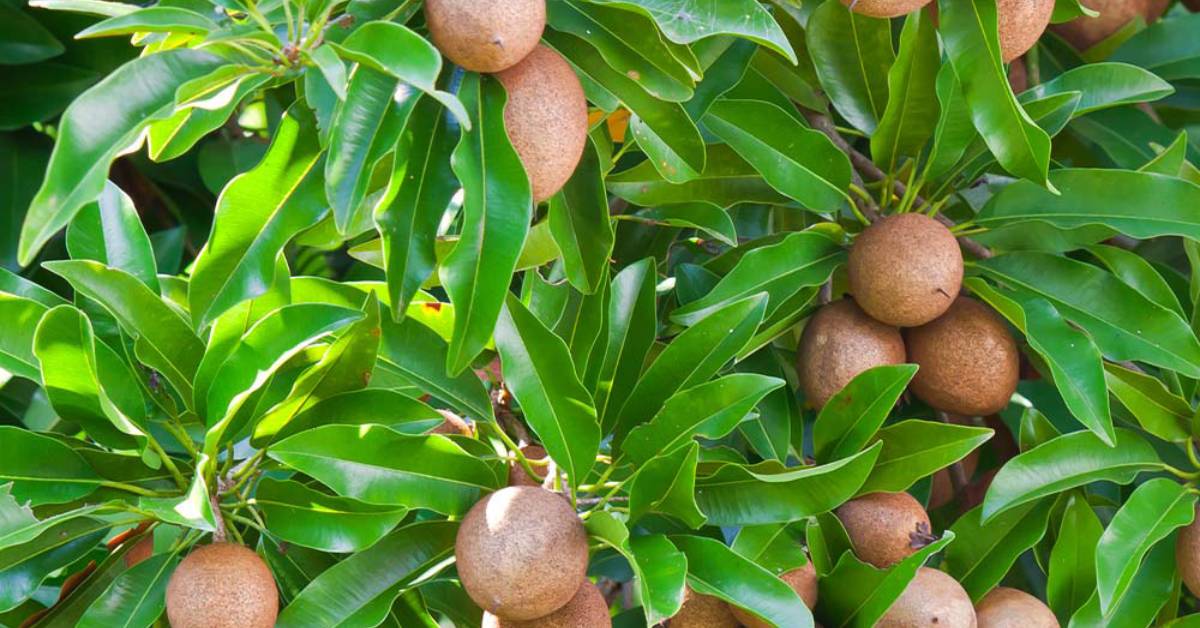 Sapodilla’s grainy texture and sweet, malty flavour, make it a comforting treat during the rainy season; Picture source: UnboxGreen
Sapodilla’s grainy texture and sweet, malty flavour, make it a comforting treat during the rainy season; Picture source: UnboxGreen
4. Passion Fruit
Up in the lush green hills of Northeast India, passion fruit thrives during the rains. Its bright, slightly sour pulp bursts with flavour and fits beautifully into juices, salads, or even desserts, adding a sharp, refreshing note to balance out heavier monsoon dishes.
But passion fruit doesn’t stop at taste. It’s rich in vitamins A and C, which help with immunity and eye health, and its fibre supports digestion. During a season known for slowing down the gut, that gentle support matters.
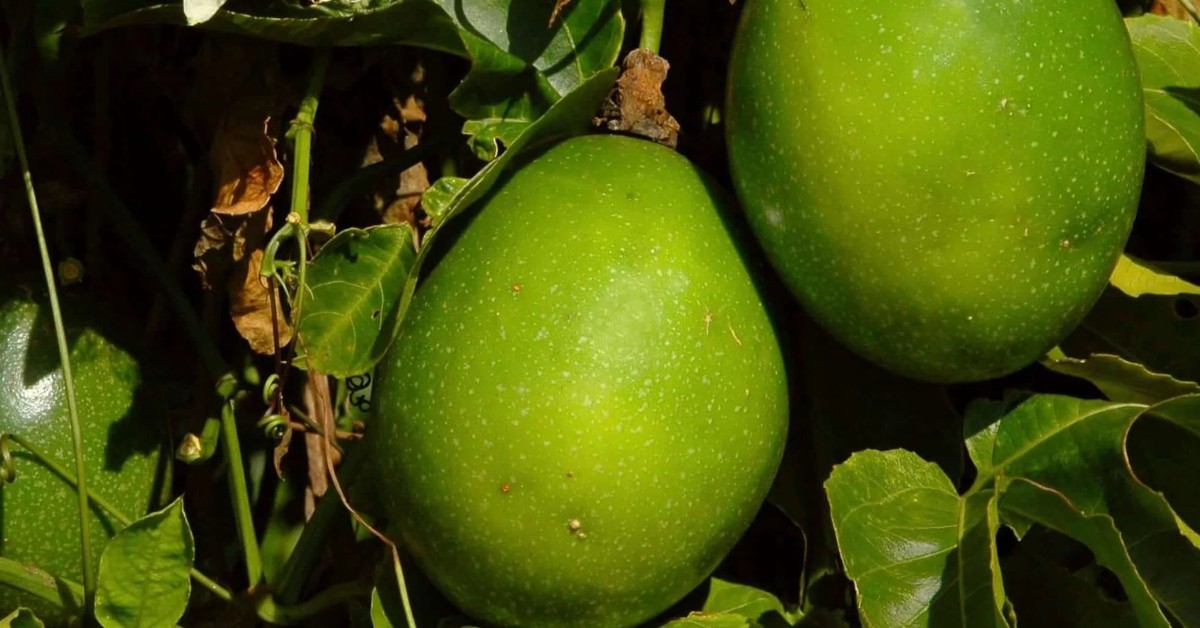 Passion fruit is not only a delight for the taste buds but also a nutritional powerhouse; Picture source: Plants Express
Passion fruit is not only a delight for the taste buds but also a nutritional powerhouse; Picture source: Plants Express
5. Indian Gooseberry (Amla)
Amla has long been part of India’s monsoon rhythm. Found across forests and orchards, its sharp, sour taste might surprise first-timers, but its health benefits have made it a staple in many homes for generations.
Amla’s strength lies in its incredibly high vitamin C content and its antioxidant properties. In Ayurveda, it’s been used to boost immunity, aid digestion, and support healthy hair and skin. During the rains, when the body feels more prone to infections or sluggishness, amla juice or murabba often finds its way to the table.
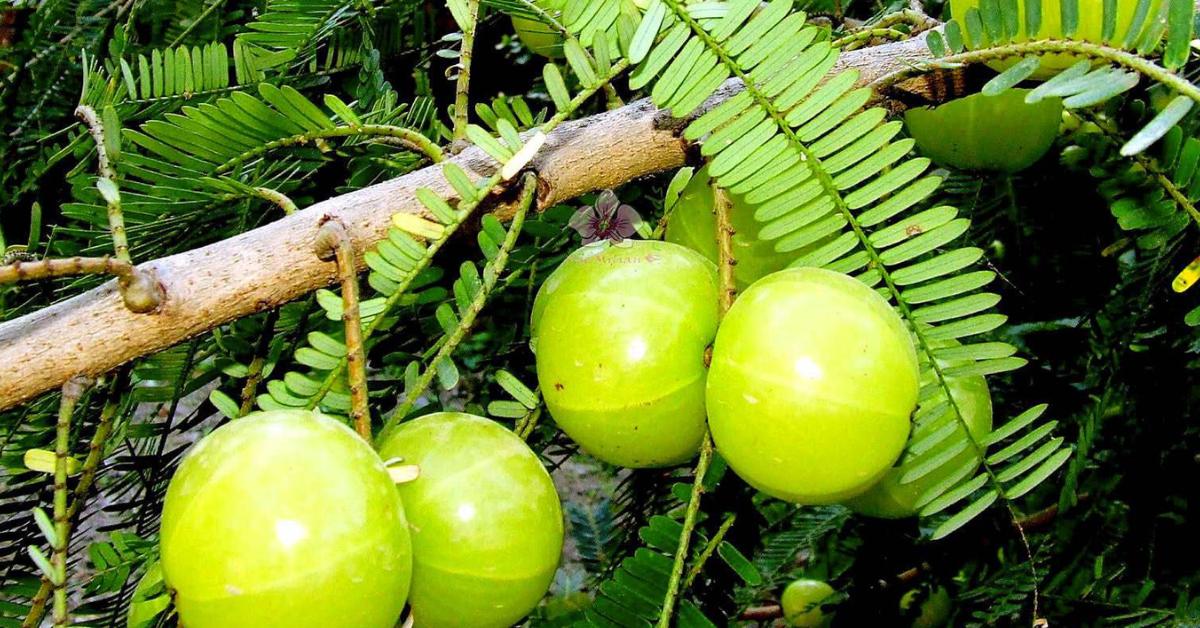 Amla is known for its sharp and sour flavour, and it is a concentrated source of vitamin C; Picture source: Padmam Nursery
Amla is known for its sharp and sour flavour, and it is a concentrated source of vitamin C; Picture source: Padmam Nursery
6. Fig (Anjeer)
While figs are often linked with drier seasons, certain varieties thrive during the monsoon in parts of Maharashtra and South India. Fresh figs have a honey-like sweetness, a soft texture, and a slight chew that makes it hard to stop at one.
Figs also offer natural sugars for energy and plenty of fibre to help digestion. They have also held cultural importance for centuries, often finding their way into traditional sweets and festive dishes.
 Fresh figs are soft, sweet, and honey-like, with a slightly chewy texture that makes them irresistible; Picture source: Gardening Know How
Fresh figs are soft, sweet, and honey-like, with a slightly chewy texture that makes them irresistible; Picture source: Gardening Know How
7. Pear
In hill stations like Himachal Pradesh, pears quietly come into season during the rains. Their cool, moist growing conditions produce crisp, juicy fruit with a light sweetness that’s a welcome break from the stronger flavours of monsoon cooking.
 Pears are high in fibre, vitamin C, and potassium, making them a refreshing and healthy choice; Picture source: The Spruce
Pears are high in fibre, vitamin C, and potassium, making them a refreshing and healthy choice; Picture source: The Spruce
Pears bring more than just a gentle flavour. They’re high in fibre, vitamin C, and potassium, making them a simple, refreshing way to balance out rich or spicy monsoon meals.
Edited by Khushi Arora
News